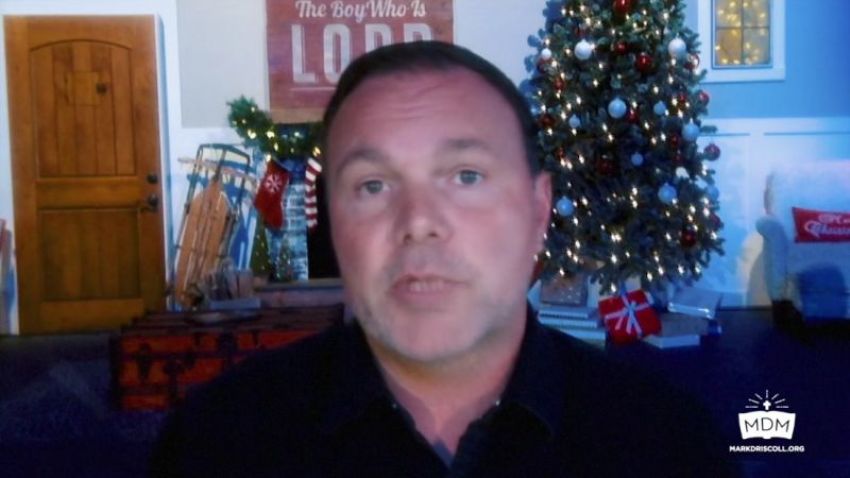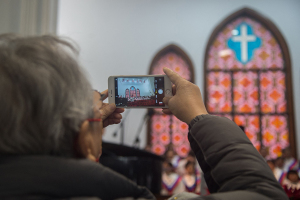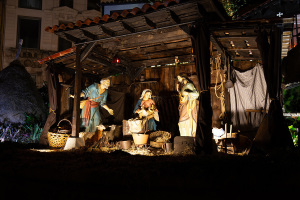Mark Driscoll Offers Biblical Theory That May Link Christmastime to Pagan Tradition

The time of year dedicated to the celebration of Christ may have been derived from pagan tradition, suggests Arizona-based Trinity Church Pastor Mark Driscoll.
In a video newsletter posted to his website on Monday, the pastor shares his thoughts regarding the date when Jesus may have been born, and offers a theory that might connect the Dec. 25 Christmas celebration to a pagan religion.
"Is Dec. 25 really Jesus' birthday? The answer is nobody knows," says Driscoll. The pastor says the Bible indicates that, at the time of the birth of Christ, shepherds were out in the fields — suggesting warm temperatures — which is inconsistent with the cold month of December when Christ's birth is celebrated, and shepherds would likely shield their flock from cold temperatures, (Luke 2: 8-20) KJV.
The pastor says that the reason why Christians may have chosen the month of December to celebrate Christ's birth was because they had adopted some of the traditions of the ancient pagan holiday of Saturnalia.
"That was a holiday that was in December, and it was a time — like a lot of major holidays — [when] people probably had time off of work, they had time off of school. Their schedules were freed up. It was time that people gave gifts. It was a time for family. It was a time to eat meals together. It was a time for celebration, and it was a joyful, festive holiday."
He added, "It was celebrating that the darkest days of the year were coming to an end, and that there was the beginning of a transition into more light during the course of the day as you head into the springtime."
The pastor says that Christians may have felt that the theme behind Saturnalia was symbolic of the birth of Christ, and therefore redeemed the holiday to celebrate His birth even though He may not have been born during that time of year.
Driscoll says there are two other places in the Bible that mention Christ's birth, but they do not go into detail regarding a date that He was born: the opening chapters of the Gospels of Matthew and Luke (Matthew 1:18–25, Luke 2) KJV. The pastor emphasizes, however, that there are other events in the Bible that are better documented than the birth of Christ.
"There are times in the Bible when it lists a certain month or a certain day in a certain month, and it gives us very specific timing for events. That is not the case surrounding the birth of Jesus."
He explains that this may likely be because Christ's birth did not come with much public fanfare. Joseph and a very pregnant Mary were probably "poor teenage kids," he says, who had traveled to the overcrowded city of Bethlehem to register for a census.
Driscoll then shares the millenniums-old account of how Bethlehem was so full that there were no accommodations for Mary and Joseph, who were in the middle of a "crazy census." Christ was born in an animal stall and laid in a feeding trough.
"This (Christ's birth) wasn't, at the time, a massive public event," says Driscoll. "This [was] not like a king and a queen [becoming] pregnant for the first time, and the royal heir is coming into the world and everybody is anticipating his birth, and all the cameras are on and they're waiting to see who the new prince will be. It wasn't like that."
"The angels were in that position, and God the Father was overseeing the birth of Jesus Christ. Mary and Joseph were very enthusiastic. Beyond that, there wasn't a lot of fanfare. So it happened in a rather quiet way."
Driscoll further explains that there is not much documentation outside of the Bible regarding the timing of the birth of Christ.



























